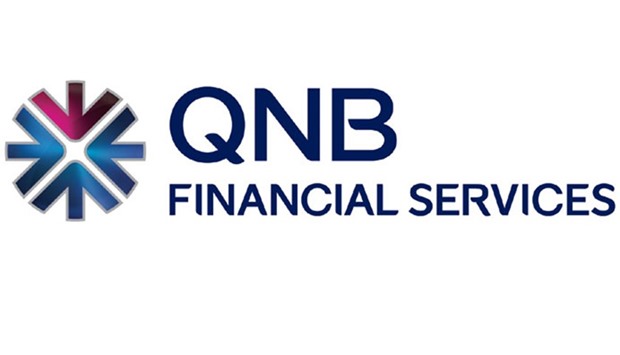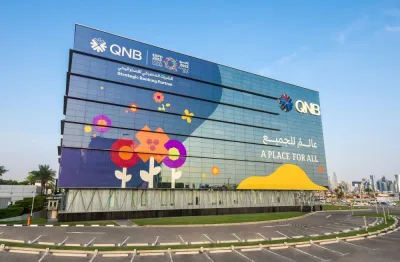The Qatar Stock Exchange (QSE) index gained 8.85 points, or 0.08%, during the week to close at 10,436.76. Market capitalisation increased by 0.25% to QR563.7bn versus QR562.1 at the end of the previous week. Of the 44 listed companies, 28 ended the week higher, while 13 fell and three remained unchanged. Zad Holding Company (ZHCD) was the best performing stock for the week with a gain of 10.8% on 3,838 shares traded. On the other hand, Ezdan Holding (ERES) was the worst performing stock with a decline of 4.9% on 5,420,375 shares traded.
Qatar Electricity and Water Co (QEWS), Qatar Insurance (QATI) and Commercial Bank of Qatar (CBQK) were the primary contributors to the weekly index gain. QEWS was the biggest contributor, adding 23.2 points to the index. QATI was the second biggest contributor to the gains, adding 13.4 points to the index. Moreover, CBQK contributed 12.2 points to the index. On the other hand, Ezdan Holding (ERES) deleted 68.3 points from the index.
Trading value during the week decreased by 12.50% to reach QR0.97bn versus QR1.1bn in the prior week. The banks and financial services sector led the trading value during the week, accounting for 33.12% of the total trading value. The real estate sector was the second biggest contributor to the overall trading value, accounting for 27.49% of the total trading value. ERES was the top value traded stock during the week with total traded value of QR83.2mn.
Trading volume increased by 31.07% to reach 41.0mn shares versus 31.3mn in the prior week. The number of transactions fell by 11.31% to reach 13,506 versus 15,229 in the prior week. The real estate sector led the trading volume, accounting for 34.76%, followed by the banks and financial services sector, which accounted for 31.78% of the overall trading volume. Vodafone Qatar (VFQS) was the top volume traded stock during the week with total traded volume of 7.5mn shares.
Foreign institutions remained bullish during the week with net buying of QR86.1mn versus net buying of QR75.2mn in the prior week. Qatari institutions turned bearish with net selling of QR12.2mn versus net buying of QR77.0mn the week before. Foreign retail investors remained bearish for the week with net selling of QR9.1mn versus net selling of QR3.6mn in the prior week. Qatari retail investors remained bearish with net selling of QR64.8mn versus net selling of 148.6mn the week before.
In 2016 year-to-date, foreign institutions bought (on a net basis) $1.8bn worth of Qatari equities.
The index closed flat for the year (+0.07%) and also flat on the week (+0.08%). That has created a Doji candlestick on the weekly chart, which suggests indecision among market participants at a critical level (the 21-week simple-moving average). That said, we remain optimistic for the first month of 2017 and, especially when the index breaks and remains above its 21SMA. Our expected support level is at 9,750 and the resistance is at the 11,500 level.
Candlestick chart – A candlestick chart is a price chart that displays the high, low, open, and close for a security. The ‘body’ of the chart is portion between the open and close price, while the high and low intraday movements form the ‘shadow’. The candlestick may represent any time frame. We use a one-day candlestick chart (every candlestick represents one trading day) in our analysis.
Doji candlestick pattern – A Doji candlestick is formed when a security’s open and close are practically equal. The pattern indicates indecisiveness, and based on preceding price actions and future confirmation, may indicate a bullish or bearish trend reversal.

QNB


